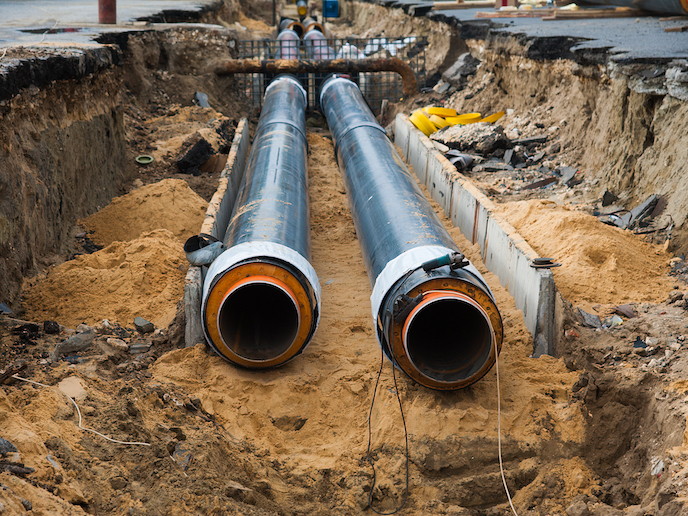Fifth generation district heating systems come with a cooling bonus
Remember the 1973 oil crisis in Europe? It wasn’t necessarily devoid of benefits for all European countries. Denmark, for instance, decided to invest massively in district heating following the quadrupling of oil prices. Sixty-three percent of its citizens are now supplied by district heating networks. Decades later, climate change has made decision-makers around Europe realise the potential of this technology: it contributes to increased energy efficiency, reduced CO2 emissions and dependence on fossil fuels, as well as lower running costs. Existing district systems, however, are ageing. State-of-the art systems are not as efficient as they could be. Typically high operating temperatures (about 80-90 °C for third generation networks), for instance, imply significant heat losses. Equally, the current generation of district heating networks still leaves various energy sources – waste heat and renewables – untapped. FLEXYNETS proposes to solve this problem by operating networks at lower temperatures. “We have been studying District Heating and Cooling (DHC) networks working at ‘neutral’ temperature – 15 to 30°C. This would not only reduce heat losses significantly, but it would also allow for gathering low-temperature waste heat and renewable heat available along the pipelines,” explains Dr Roberto Fedrizzi, research group leader at EURAC Research’s Institute of Renewable Energy and coordinator of the project. Perhaps the most innovative aspect of these fifth generation DHC networks is how they allow each customer not only to draw energy from the network, but also to supply it from their own space cooling and refrigeration. “We use reversible heat pumps to exchange heat between the pipeline and the customer,” Dr Fedrizzi explains. “They can draw heat from the network when needed for space heating and showers, but they can also reject heat from air conditioning into the network. The latter can then be re-used for space heating by other customers.” Another innovation lies in how the heat pumps, by using electricity to operate, allow the thermal sector and the electric sector to be coupled. According to Dr Fedrizzi, this opens new management scenarios for the district heating sector, since the network can be used to consume electricity during electric grids’ off-peak times and to store thermal energy for times of need. Besides developing these technologies, FLEXYNETS also reflected on the best ways to use them. The consortium notably investigated the most efficient network layouts in selected urban contexts. In the elaborated cases, the use of FLEXYNETS networks resulted in a 75 % heat loss reduction compared to conventional solutions, although this benefit was partially neutralized by increased electricity use. Moreover, with all opportunities considered, (reduced operation costs through inexpensive waste heat, reduced electricity costs for the end user and space cooling offered as a service), the operation of a fifth generation network would be less expensive than the combination of conventional DH and space cooling, delivered through split units. The FLEXYNETS consortium is confident that the network manager can also experience additional incomes through the new services enabled. “There is a high interest both from DH networks operators and from electricity utility companies,” Dr Fedrizzi concludes. “I see a large growth rate, but certain number of demonstration projects are still needed, and our plans include a project to build and retrofit eight low temperature networks.”







